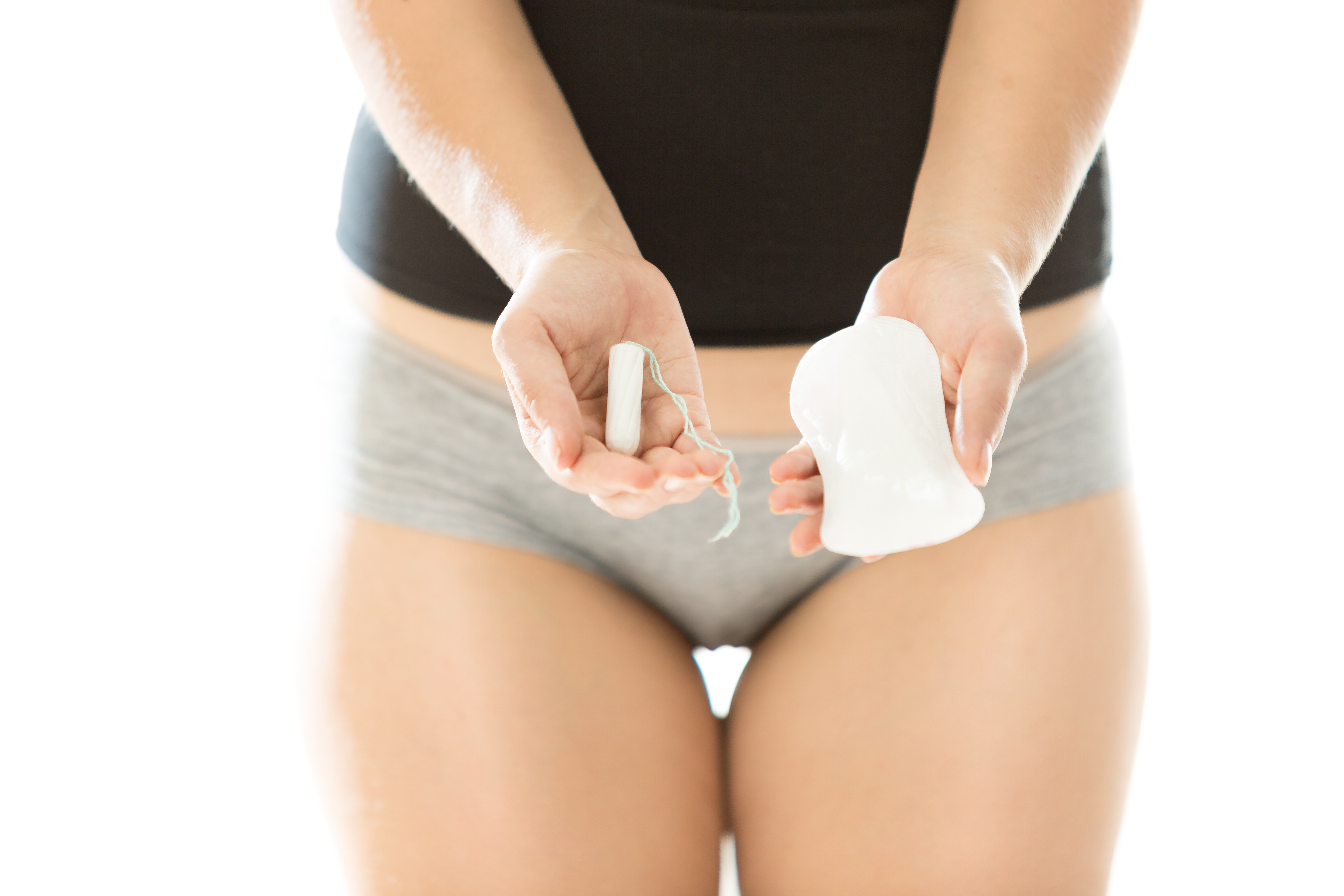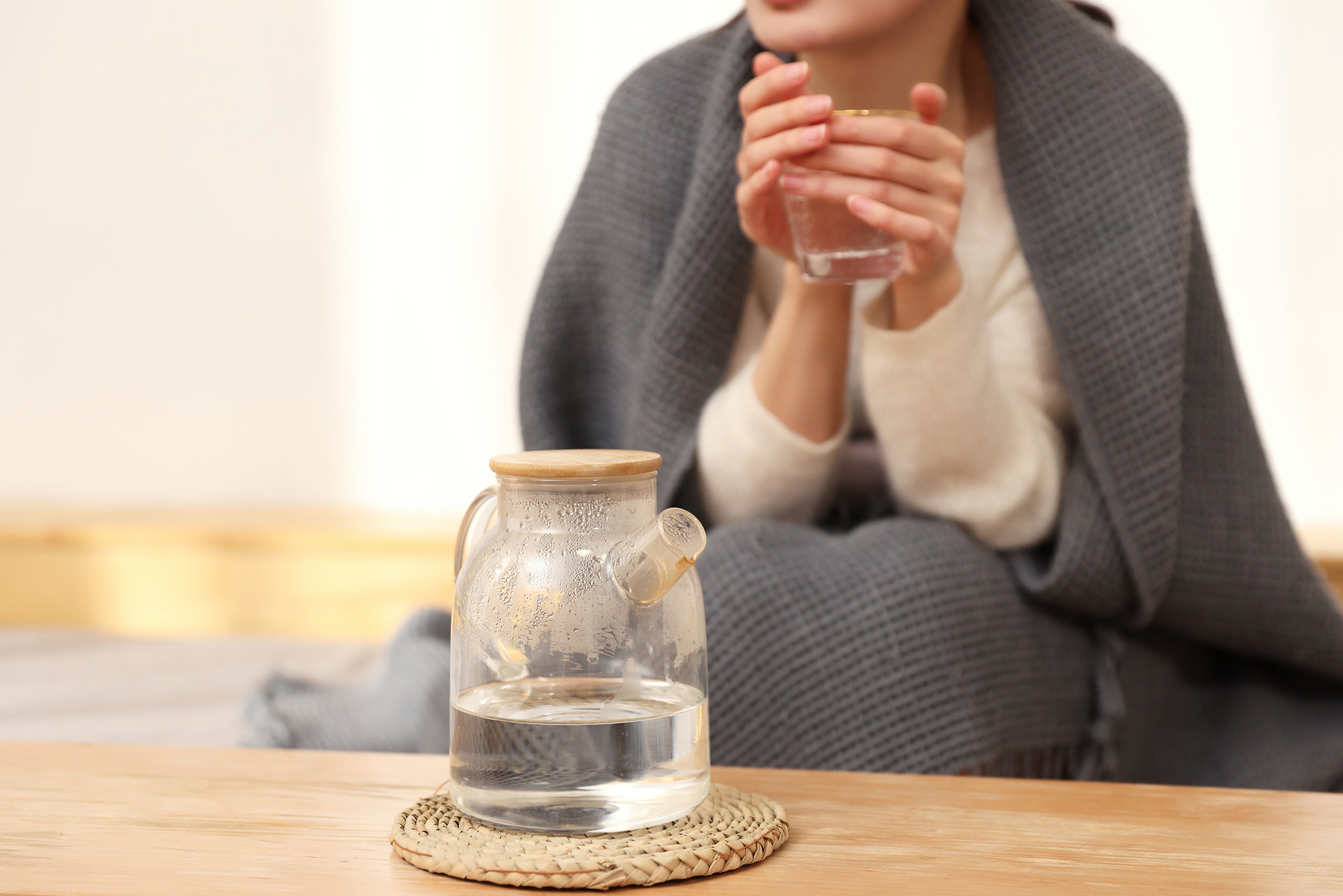Nowadays, weight loss has become the hottest topic around us. Especially in the summer, women striving for a "skinny beauty" are everywhere. But did you know that dieting and eating so-called "nutritious meals" recommended by beauty salons can lead to nutrient loss and eventually result in osteoporosis? Recently, it has been found that there is an increasing number of female patients suffering from osteoporosis due to weight loss. At the same time, bone health is often overlooked by most women.
Observant citizens may have noticed that there are several new items added to the medical examination at hospitals, one of which is called bone density testing, but many people do not know what it is for. In fact, its purpose is to measure the bone mass of the examinee for early diagnosis and prevention of osteoporosis. Studies have found that when bone mass is lost to a certain extent, osteoporosis occurs.
Experts have explained that there are more and more examinees with decreased bone mass, some of whom have even shown significant bone loss, including women in their thirties and forties. One major consequence of osteoporosis is an increased risk of fractures in daily life, with more severe symptoms, especially in the case of hip fractures, which not only results in loss of independence but also increases the mortality rate. It is common to see middle-aged and elderly women who have suffered fractures from a slight fall.
This is known as fragility fractures, which are fractures caused by falls from heights lower than one's height. Patients with fragility fractures are likely to have already experienced significant bone loss and may already have osteoporosis.
It is understood that osteoporosis is a metabolic bone disease that causes the bones to become weak, greatly increasing the risk of fractures. Because early clinical manifestations of osteoporosis are not specific, it is known as the "silent killer". The special characteristics of female hormones make women more prone to osteoporosis than men, especially women over 30 years old who need to be vigilant about bone loss and the early onset of osteoporosis.
The peak bone mass is reached at the age of 30, after which bone loss gradually accelerates and bone density begins to decline. In other words, our bodies are like a "bank," where before the age of 30, we "deposit" bone mass and after the age of 30, we "withdraw" and consume that bone mass. If women excessively engage in weight loss, it can lead to low estrogen function, resulting in insufficient bone synthesis and a significantly higher chance of developing osteoporosis in the future.
In routine outpatient visits, it is also common to encounter young female patients who have experienced amenorrhea and neurotic anorexia due to excessive weight loss. It can be said with certainty that these individuals will have a deficit in bone mass in the future.
Experts recommend that if you fall into the following categories, you should undergo regular bone density tests at hospitals to prevent osteoporosis: those with a lean body shape, a family history of osteoporosis, a history of long-term smoking, alcohol consumption, or coffee drinking, the use of steroid medications, and a history of fractures.
Preventing osteoporosis starts with establishing a scientific lifestyle: maintaining a balanced diet and consuming foods high in calcium such as milk, cheese, and dried shrimps; getting adequate sunlight as vitamin D is essential for calcium absorption and sunlight helps the body synthesize vitamin D, so exposing your calves, forearms, and back to the sun for about 20 minutes in the early morning and evening when it is hot; engaging in moderate exercise to increase balance and coordination and prevent falls; and getting a bone density test done annually.




